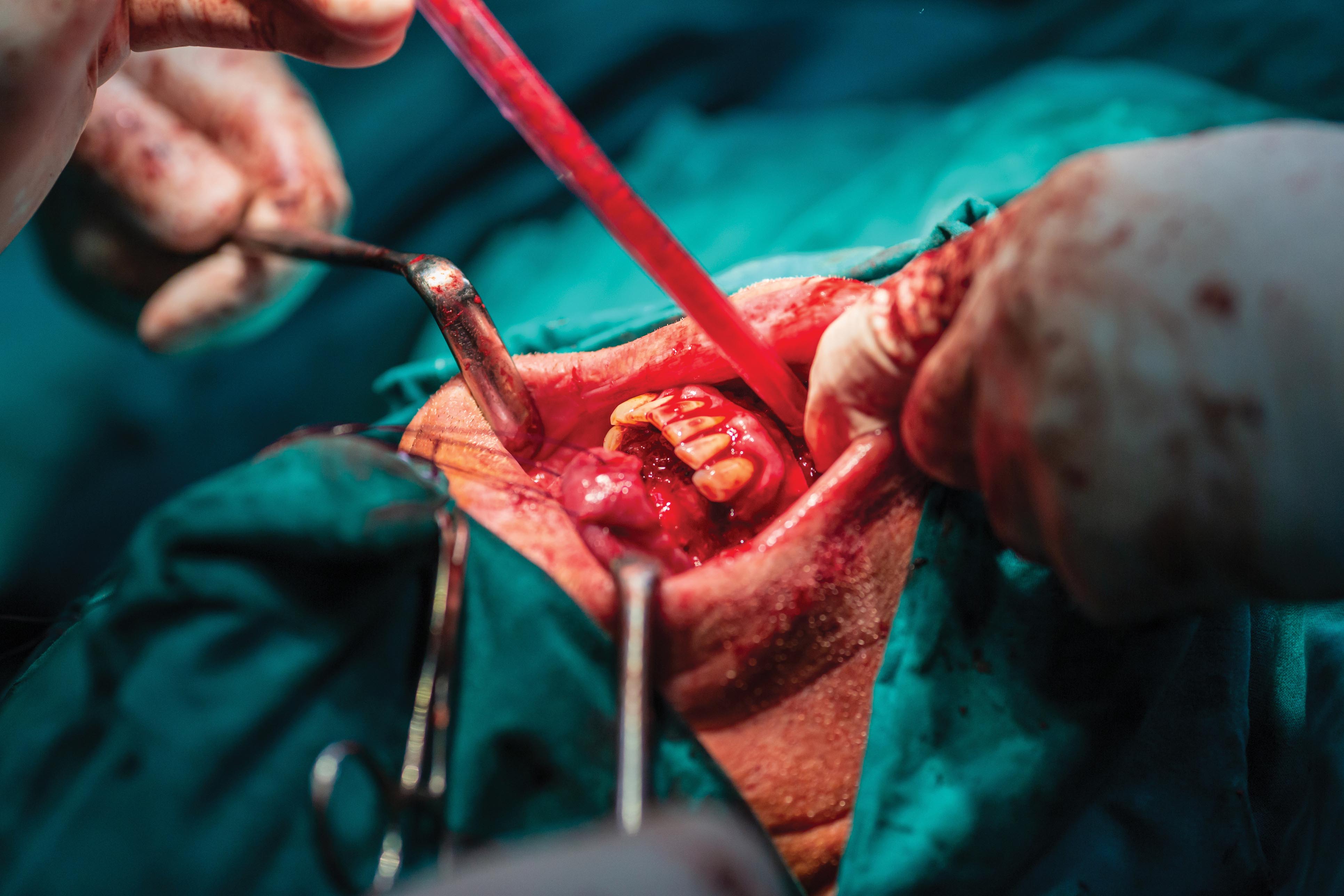Classically, oral cancer is described as an ulcerated indurated growth or ulcer that is often associated with lymphadenopathy. In India,
oral cancer is increasing at an alarming rate because of the widespread use of
tobacco and tobacco-related products. There are also reported
cases where the patient does not have any history
of tobacco use. Oral cancer most often occurs in
patients above the age of 40 years and males are affected more than the
females.
Though the exact cause for oral cancer is not known tobacco is
classically attributed as the most important cause or predisposing factor for
oral cancer.
Causes
- · Tobacco: Tobacco is used in many forms such as smoking and chewing as well as in the form of snuff. Electronic cigarette smoking is also implicated as a cause for oral cancer.
- · Alcohol: Though alcohol alone cannot cause oral cancer, it has been found that most of the tobacco users are also taking alcohol and a synergistic association has been established between the two.
- ·
Trauma: Constant trauma like habitual cheek-biting or presence of sharp margins of the teeth or denture have also been implicated as causative factors.
- · Human Papilloma Virus
(HPV) Infection: Of late a positive correlation has been established
between HPV infection
(specifically HPV Type 16) which is sexually
transmitted and oral cancer.
This could be attributable to the oral cancer occurring in non-tobacco users.
- ·
Actinic Radiation: Exposure to sunlight is also implicated as a cause for cancer, especially
basal cell carcinoma
which is prevalent
among farmers.
- ·
Poor Nutrition: Significantly higher incidence in low socio-economic group has given credence
to the belief that poor nutritional status can be a cause for oral
cancer.
- ·
Genetic Factors: People with inherited defects
in certain genes
have a high risk of mouth
and middle throat cancer.
Symptoms
• Non-healing
sore.
• White
patch especially with reddish component or a granular texture.
• Irritation
or lump.
• Persistent
sore throat.
• Excessive
salivation.
• Difficulty
in chewing, swallowing or speaking.
• Difficulty
in moving the tongue.
• Swelling
involving the jaws or lymph nodes.
• Pain,
bleeding or necrotic stench which is mainly due to the superadded secondary
infection.
• Numbness
involving the tongue or any part of the oral cavity.
• Mobility
of teeth due to the invasion or involvement of alveolar bone.
